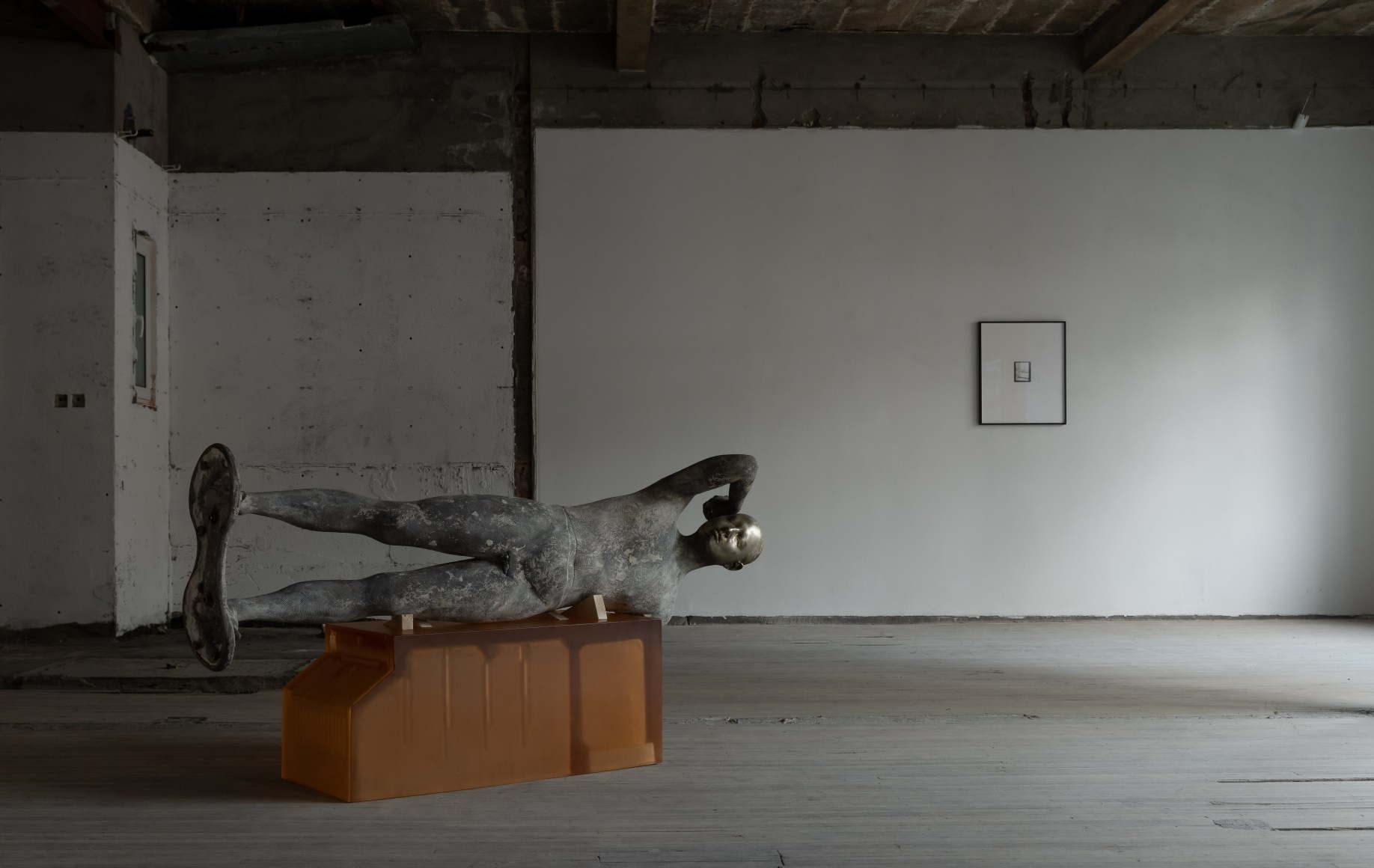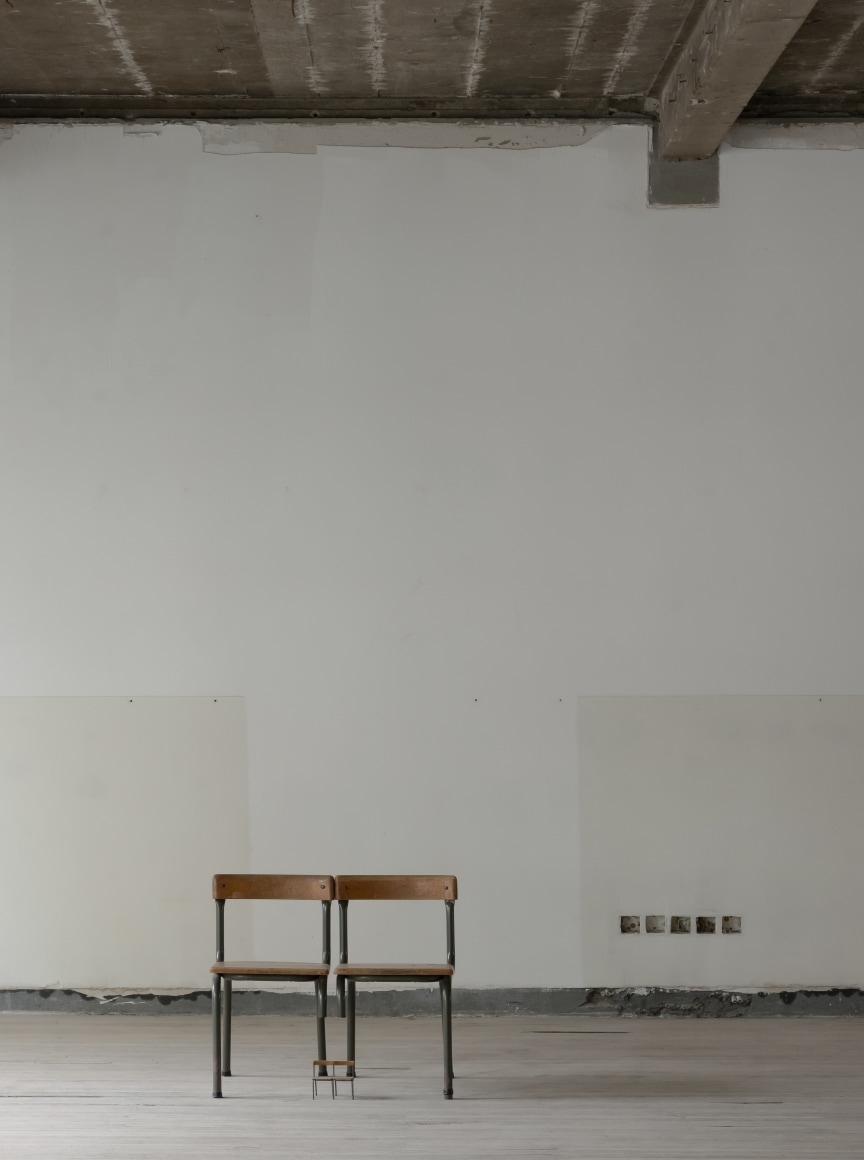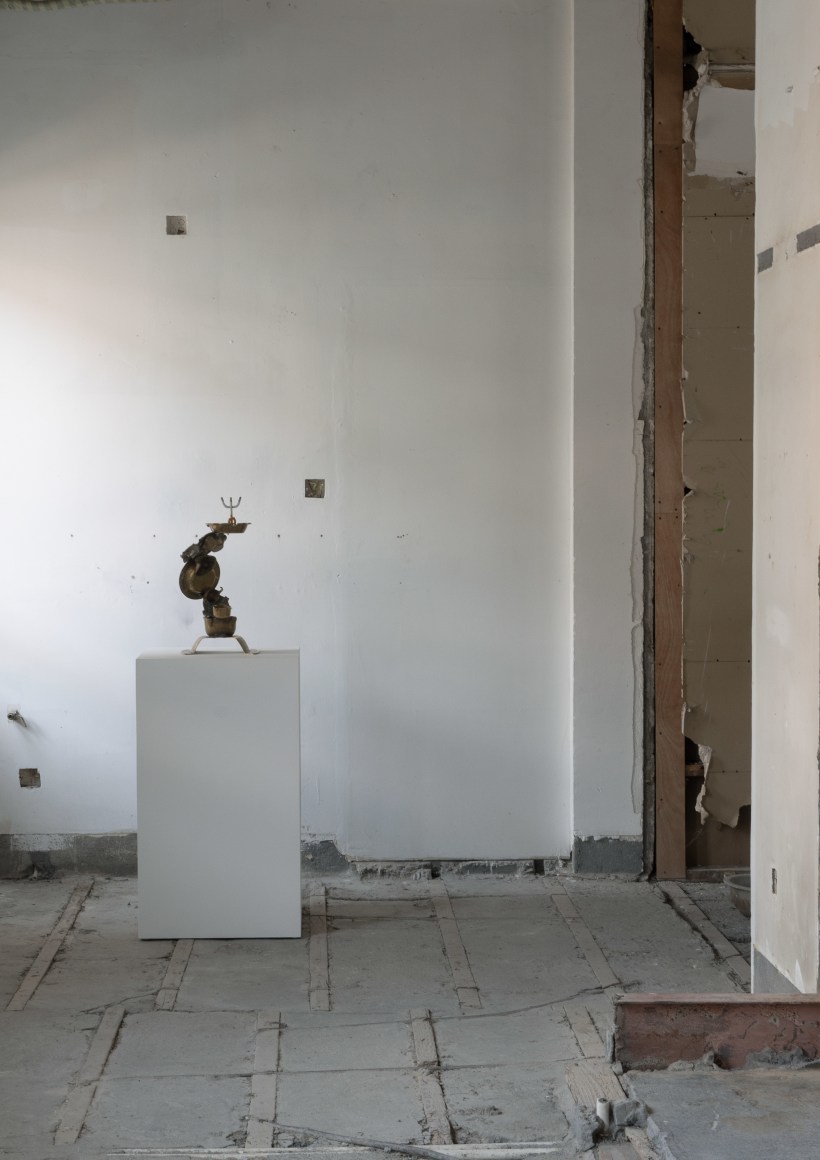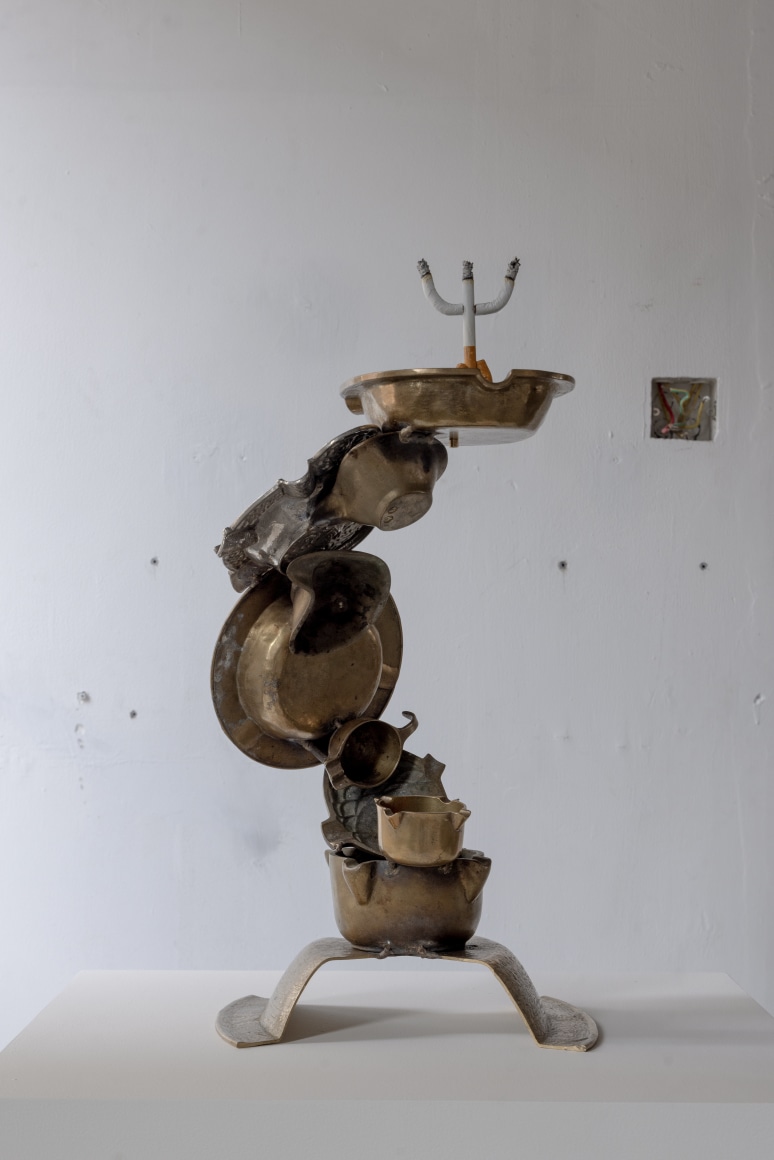Sifang Art Museum presents a solo exhibition by He Xiangyu, opening November 8, 2023 at the museum's satellite space located inside the Avenue Apartments on Tongren Road, Shanghai. He Xiangyu expands the notion of the "readymade" beyond the straightforward appropriation of objects. He gleans from visual residues, fragments from memories, and subtle emotions: friends and long lasting friendships, traces of life, and the continuous flow of breath. The works are placed inside the space as if they are re-encountering one another, or perhaps they were the original inhabitants of this apartment. Together with the space, they once again retreat into the relics of time. The exhibition will be on view through December 10, 2023.
Since 2016, the Berlin based artist He Xiangyu has developed an interest in the design language and social significance of chairs. He began collecting chairs of different styles and materials in large quantities, either scavenged from the streets or acquired from local flea markets. A large portion of these chairs were previously used in schools and classrooms, often bearing scars from scratches and graffiti, their everyday appearances carry a latent desire for violence. Two chairs are placed side by side, and underneath the space formed by their truncated legs are two miniature chairs, exact replicas of the originals. Reshaping the history of these objects as they experienced wear and tear, this assemblage becomes a simulacrum of an uncanny 'family portrait.' Even within the order of inheritance and discipline created by pure repetitions, changes are secretly taking place.
After an extended period of living abroad, He Xiangyu re-examined and gained a deeper understanding of the Asian community in his surroundings. He created a series of sculptural portraits based on his close friends; carefully cast using silicone molds, the figures' limbs and stature are reminiscent of the graceful and tranquil qualities found in the tradition of Eastern statue-making. The often resonating identity of being an 'outsider' infuses the sculptures' likenesses with the artist's own emotions and thinking. As the title evokes the formatting of an archaeological record, the work unfolds around the concept of 'identity archaeology.' Living and working in a time that continuously challenges the notion of globalization, He seeks to explore the potential representations and characteristics of individuals who have experienced the crossing of geographical and cultural borders. By inverting time and space, the sculptures invite viewers to look back at the present from a near future and contemplate whether the current identity dilemma is merely a self-imposed restriction; how should we establish cross-cultural networks of relationships?
China is the world's largest consumer of cigarettes. As one of the quintessential symbols of capitalism and consumer culture, cigarettes permeate every corner of urban living. Voluntary or involuntary, smoking seems to have become a ubiquitous act. Cigarette butts, scattered everywhere, weave together a vast web of interests that reflect the complicated collusion of consumption and desire. He Xiangyu attempts to capture this socially constructed condition and the predicament from which individuals find themselves unable to extricate. Resembling a human figure, the cigarette stands in a vigorous and positive posture with its hands held up high, perhaps a futile attempt at self-paralysis. Beneath its feet, variously shaped ashtrays are stacked together, becoming pillars that uphold the yet-to-be-extinguished desire. Overwhelmed by the great fear of desire turning into scarcity and structural oppression, the respiratory exchange of smoking gives individuals an illusion that energy is endless a continuous cycle of replenishment and consumption. However, the destination of this energy circulation seems to be an unknown territory, charged with uncertainty that is impossible to grasp.
In Past is Prologue, He Xiangyu repeatedly painted the wall with olive oil, within an area delineated by pencil lines. Over time, the olive oil seeps into the wall in a movement imperceptible to the naked eye, exceeding the edges of the frame and gradually blurring the once orderly enclosed boundaries. Almost melodic, this physical process of permeation follows a unique rhythm and continues to extend and spread, with an invisible force that transcends our perception of time and space.





